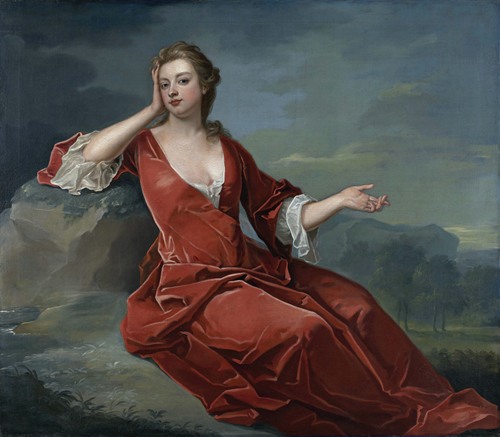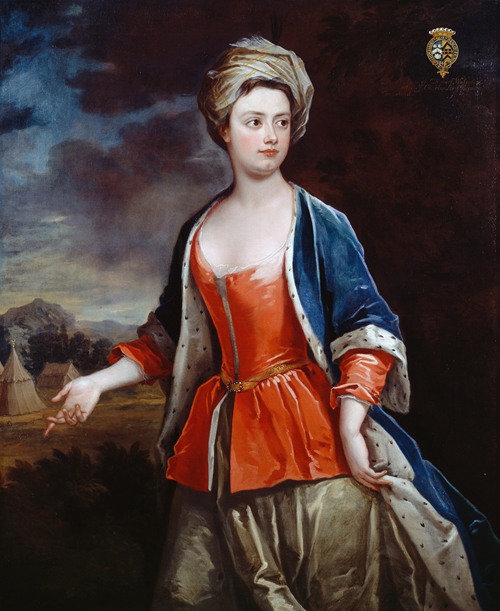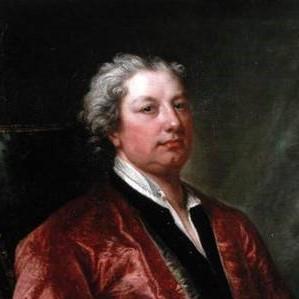



Charles Jervas was an Irish portrait painter, translator, and art collector of the early 18th century.
Born in Clonlisk, County Offaly, Ireland around 1675, the son of John Jervas and Elizabeth, daughter of Captain John Baldwin of Shinrone Castle & Corolanty, High Sheriff of County Offaly. Jervas studied in London, England as an assistant under Sir Godfrey Kneller between 1694 and 1695.
After selling a series of small copies of the Raphael Cartoons circa 1698 to Dr. George Clarke of All Souls College, Oxford, the following year he travelled to Paris and Rome (while financially supported by Clarke and others) remaining there for most of the decade before returning to London in 1709 where he found success as a portrait painter.
Painting portraits of the city's intellectuals, among them such personal friends as Jonathan Swift and the poet Alexander Pope (both now in the National Portrait Gallery, London), Charles Jervas became a popular artist often referred to in the works of literary figures of the period.
Jervas gave painting lessons to Pope at his house in Cleveland Court, St James's, which Pope mentions in his poem, To Belinda on the Rape of the Lock, written 1713, published 1717 in 'Poems on Several Occasions'.
Pope's verse Epistle to Mr Jervas, written circa 1715, was published in the 1716 edition of John Dryden's 1695 translation of Fresnoy's Art of Painting (Charles Alphonse Du Fresnoy's De arte graphica, 1668).
With his growing reputation, Jervas succeeded Kneller as Principal Painter in Ordinary to King George I in 1723, and continued to live in London until his death in 1739.
His translation of Cervantes' novel Don Quixote, published posthumously in 1742 as being made by Charles "Jarvis" – because of a printer's error – has since come to be known as "the Jarvis translation". Jervas was first to provide an introduction to the novel including a critical analysis of previous translations of Don Quixote. It has been highly praised as the most accurate translation of the novel up to that time, but also strongly criticised for being stiff and humourless, although it went through many printings during the 19th century.

